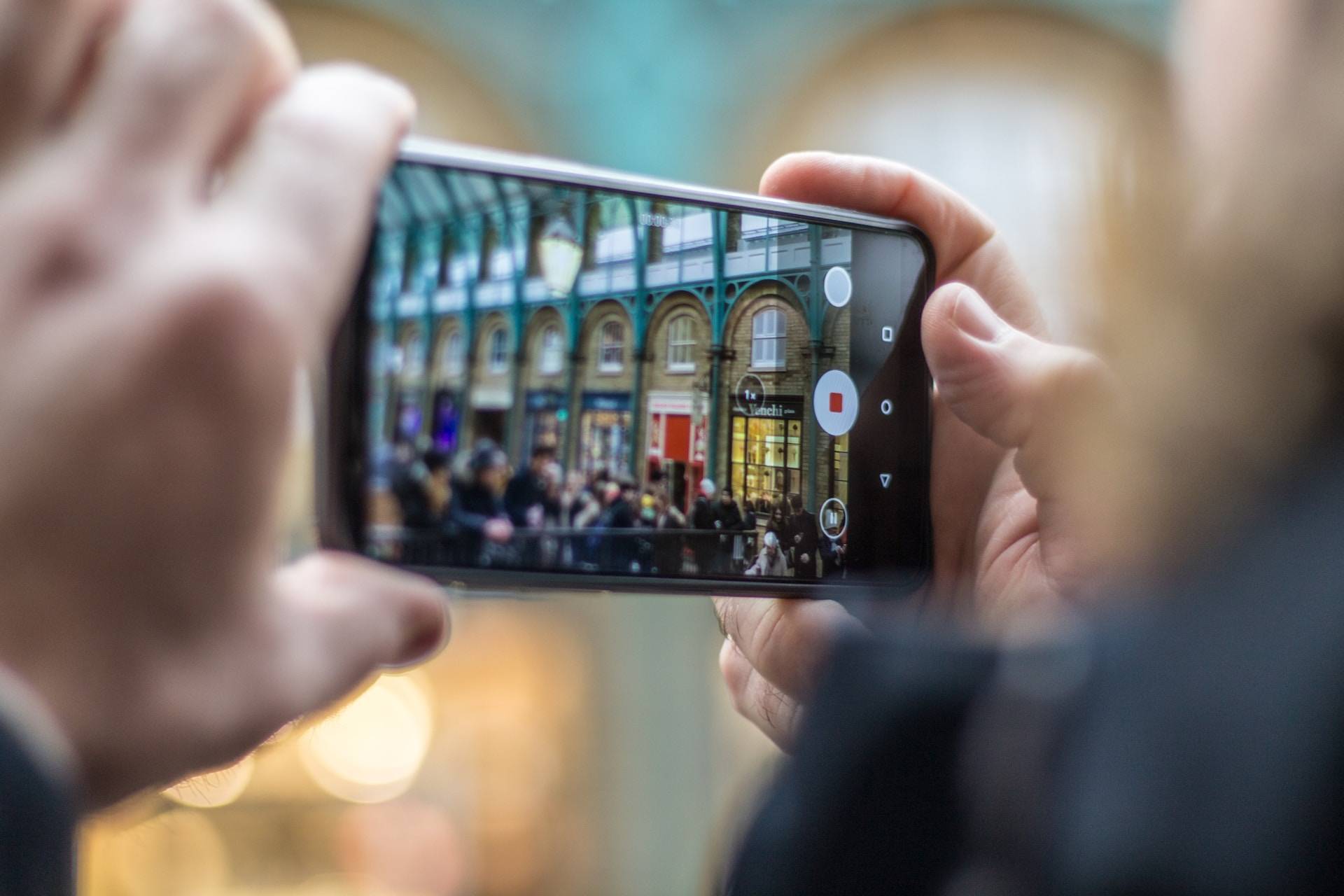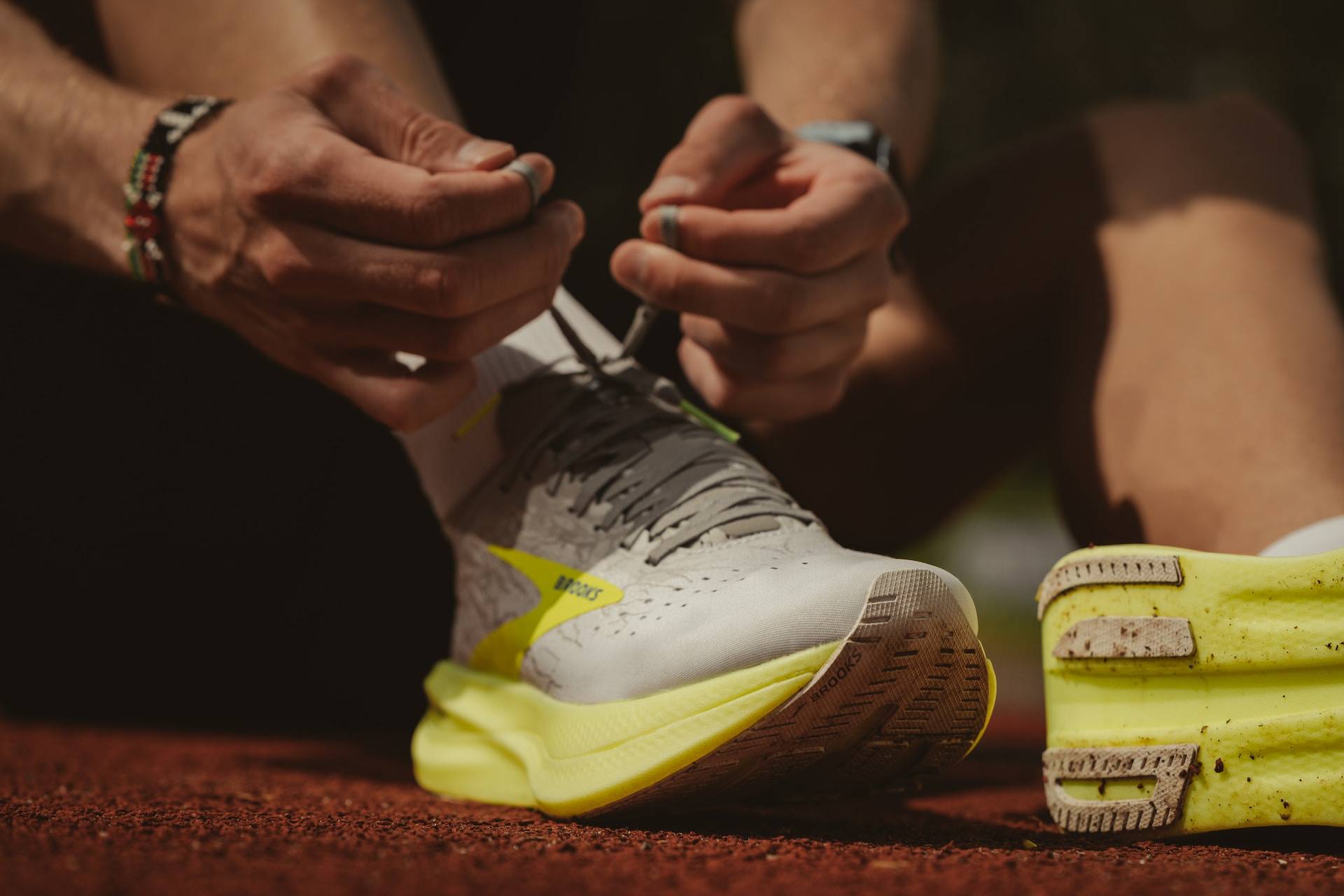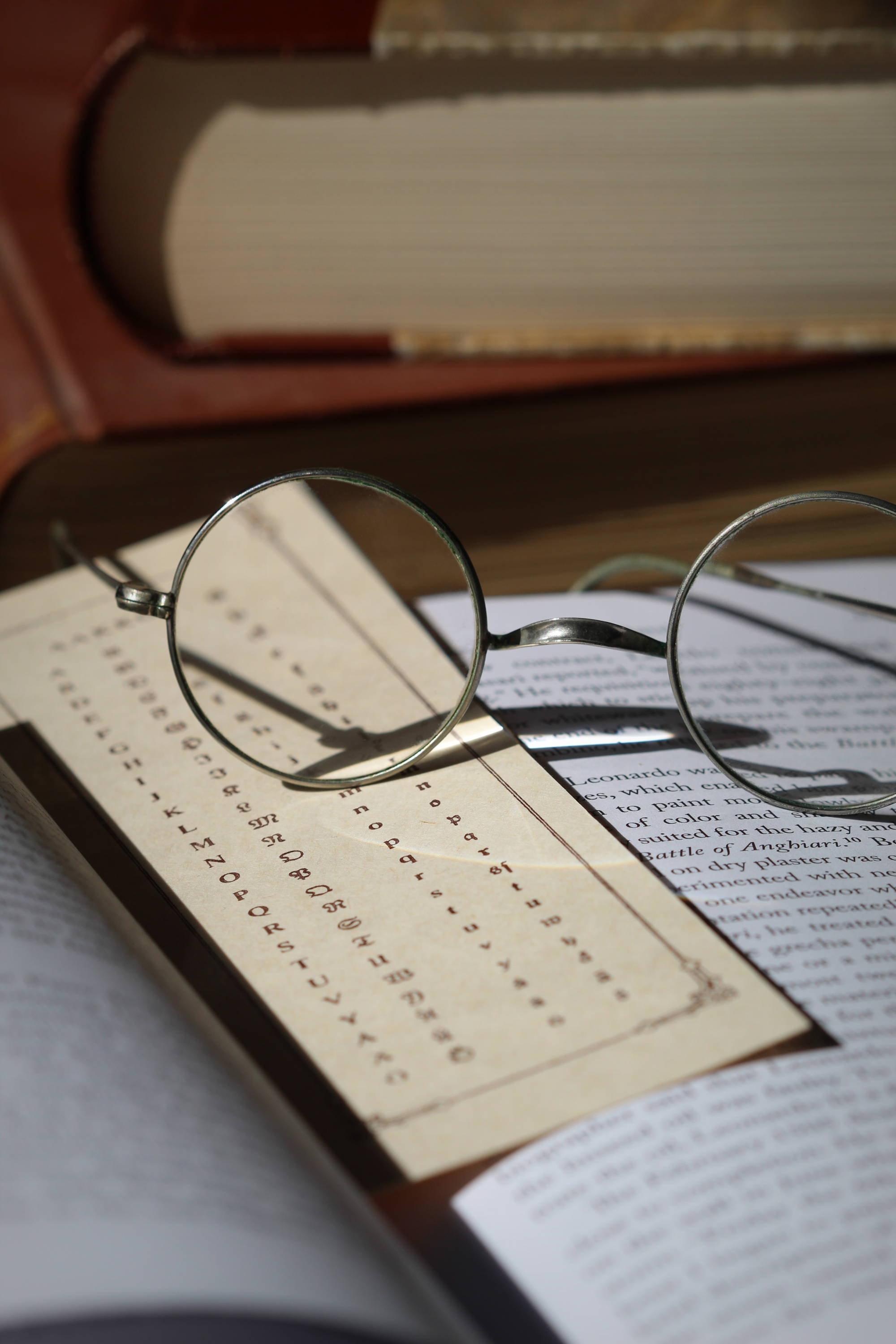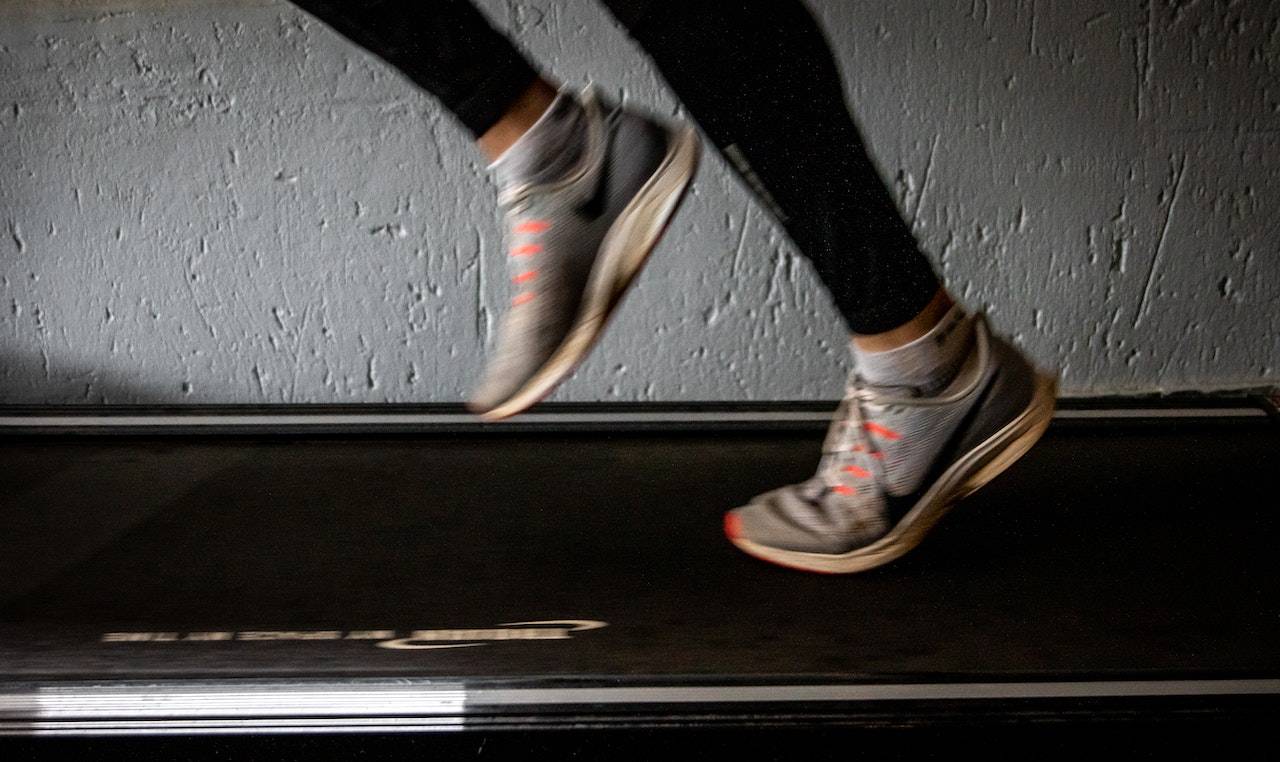
Goal 9: Industry, Innovation and Infrastructure
Everyday Items Developed For Space Exploration
Ten of the most significant space exploration inventions that are now part of our daily routines
By Jessica jurkschat
20 June 2023
Humans have made great strides in Space: 12 men have walked on the moon, hundreds of people have reached Earth’s orbit, and we’ve sent numerous probes into the outer reaches of our solar system. But whilst most of us can’t relate to being sent off to Space, Space exploration has led to many incredible technological innovations that are employed daily to save lives, improve environmental sustainability, and keep us healthy.
Here are 10 inventions most of us use in our everyday life that we can thank Space programs for:
Camera phones

Anyone with a camera phone can thank NASA for the invention. NASA originally invented the complementary metal oxide semiconductor image sensor (CMOS) to capture high-res images on spacecraft. Eric Fossum, a NASA engineer, refined the technology and licensed the invention before partnering with companies like Kodak and Intel. By 2013, more than a billion CMOS image sensors had been produced, with many ending up inside smartphones.
Dustbusters
Anyone with a Dustbuster (or cordless vacuum) can thank NASA for a tidy home. When they were looking for a portable drill to cut core samples on the moon, NASA reached out to Black and Decker. The company had already designed a range of cordless tools, but NASA’s interest was the push they needed to to refine the quality and battery life. The final result: the world’s first cordless vacuum, aka the Dustbuster.
Memory foam
Back in the 1970s, NASA was the first to develop memory foam. It was originally intended to act as a cushioning in space craft, offering extra support against the high pressure of the G-force during take off and landings. Two decades later, the health benefits of sleeping on memory foam was recognised and the material was extended into the consumer market. From beds and sofas to shoes and football helmets, memory foam is now a fairly common and readily available material.
Modern running shoes

Wireless headsets
When the Liberty Bell 7 collapsed in 1961, the hatch prematurely blew out and the cabin flooded — destroying all radio activity and preventing astronaut Gus Grissom from contacting his recovery team. To avoid any future catastophes, NASA started to look for lightweight and wireless communication systems that would allow astronauts to communicate with teams on Earth. Thus, the wireless headset was created and utilised over the course of the Gemini,Mercury, Apollo and Skylab missions.
Water filters
Water filtration devices have been around since the 1950s, but the original systems were bulky, complicated, and generally useless to astronauts on board a space craft. NASA engineers developed a portable and compact device that could kill and filter out any bacteria present in the astronaut’s water supply. These filtration systems (think Brita) are still used by companies to provide clean water to millions of people around the world.
Scratch-resistant lenses

Freeze-dried food
Technically NASA didn’t invent the process behind freeze-dried food, but they’re one of the main reasons the technology took off. In the 1960s, NASA began developing food alternatives for its astronauts whilst they were in travel. It was crucial that the food was nutritious, but also important for it to be lightweight, shelf-stable, and easy to eat in space — meaning no flying crumbs that could fly clog delicate equipment. Under NASA’s guidance and funding, they worked with the Army Natick Laboratories to develop food that could be reformed using just room temperature water and 10 minutes of time.
In the 1970s, a ton of shoe manufacturers began replacing standard foam rubber insoles with “visoelastic bubbles,” a highly shock-absorbent material that conformed to people’s individual feet before returning to their original shape. Turns out the original idea came from NASA when they were looking for ways to better cushion astronauts during blastoff.
Baby formula
NASA can’t take credit for creating baby formula (it’s been around since the mid-19th century) but the organisation can take credit for a crucial improvement to the recipe. When searching for a way to keep astronauts fed on long-duration, deep space missions, NASA cultivated nutrient-enriched algae containing two polyunsaturated fatty acids: docosahexaenoic acid (DHA) and arachidonic acid (ARA). These nutrients are also found in breast milk and delivered in utero to developing babies. It’s now used to enrich baby formula and aid in visual and mental development.
In 1972, the FDA made it mandatory for all eyeglasses to be shatter-resistant. As an alternative, manufacturers began replacing glass lenses with plastic. The downside? Plastic was easily scratched. Whilst all this was going on, NASA scientist Theodore J. Wydeven Jr was working on a completely different project finding ways to improve water purification systems. The project required a specific kind of thin plastic-coating, which NASA recognised could be applied to other applications, including scratch-resistant coatings for space helmet visors, eyeglasses and sunglasses.
Treadmills

100% of profits from the sales of #TOGETHER products go to charities that advance the Sustainable Development Goals. Find out more here.